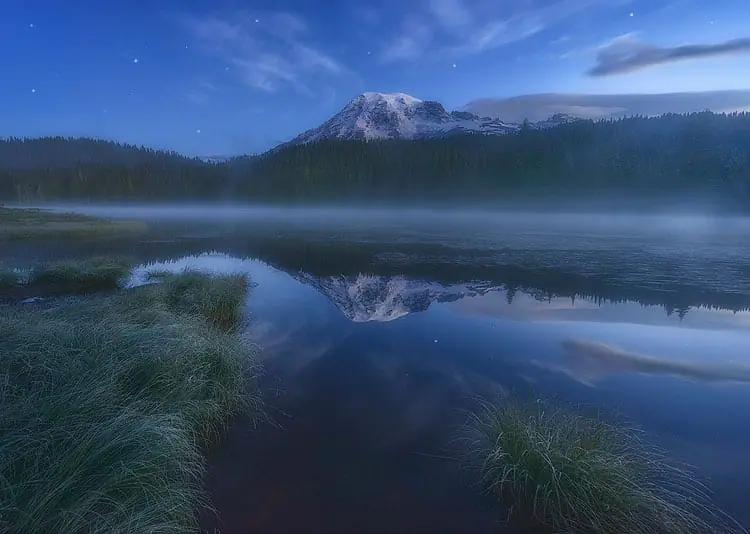
The bigger your sensor (or size of your negative for all you filmies) the shallower the depth of field will be at a given aperture. The last way to control your depth of field is perhaps the least relevant to a lot of people, but a good thing to keep in the back of your mind when purchasing a new camera, or if you own multiple types of cameras with differing sensor sizes. It’s worth noting that I was so close to the main subject that even an aperture of f16 couldn’t get the figures in the background in perfect focus! In the image below I have shown the effects of using both aperture and differential focus to blur the background. Simply put, the closer you are to your subject the more out of focus the background is going to be. This technique is often used by photographers who don’t have access to lenses with high apertures to control their depth of field.

This is sometimes also called using differential focus.
#F STOP DEPTH OF FIELD FULL#
If you click on the image beside this it will show it full screen to show an example of using aperture to control your depth of field (and quite possibly a severe ginger beer addiction…).Īnother way to control the depth of field in your image is by how close you can get to the main subject (the thing you’re trying to focus on), either by moving closer to it or by using a longer focal length (or both). Generally speaking, the lower your f-stop (or higher your aperture, or bigger your hole) the lesser amount of your image will be in focus. The first and main way to control your depth of field in an image is with your aperture.
#F STOP DEPTH OF FIELD HOW TO#
Where things get tricky for a lot of people is how to control your depth of field. This also means the lower the f-stop (or the bigger the hole – again, see the example above) the lesser amount of light you’ll need to get the correct exposure. The bigger the hole, the more light passes through it towards your image source, therefore the faster your shutter speed will need to be to get the correct exposure. So now you’ve read all the techy speak (or haven’t, I won’t hold it against you) here’s the über simple way of explaining apertures.

Most modern lenses have a range of around 7 or 8 full stops (for example, in the image above the lens has a range of 7 full stops from f2 through to f16), although most cameras will give the option of using 1/2 stops (giving you a range of 13 to 15 f-stops) and some will even give you the option of using 1/3 stops (giving you a range of 19 to 22 f-stops).


Clear as mud right!?).į-stops range from f1 through to f128, although this will depend entirely on your lens. if you have a 50mm focal length and its entrance pupil diameter is 25 mm, the f-number is 2 and the aperture diameter is f/2. If you’re like me and aren’t too much into maths, don’t freak out too much – knowing this equation isn’t mandatory to learning apertures (but for those that are interested, the equation is N=f/d where f is the focal length and d is the diameter of the aperture – i.e. ApertureĪperture is measured in f-stops which are named from and determined by a mathematical formula. Depth of field is how much of your image is “in focus”, and is controlled mainly by your aperture (but also other aspects which we will cover later in this post). Put simply, aperture refers to the size of the opening on the inside of the lens (known as the lens diaphragm) through which light passes on it’s way to the sensor (or film). Two of the most fundamental tricks to understanding photography are aperture and depth of field.


 0 kommentar(er)
0 kommentar(er)
